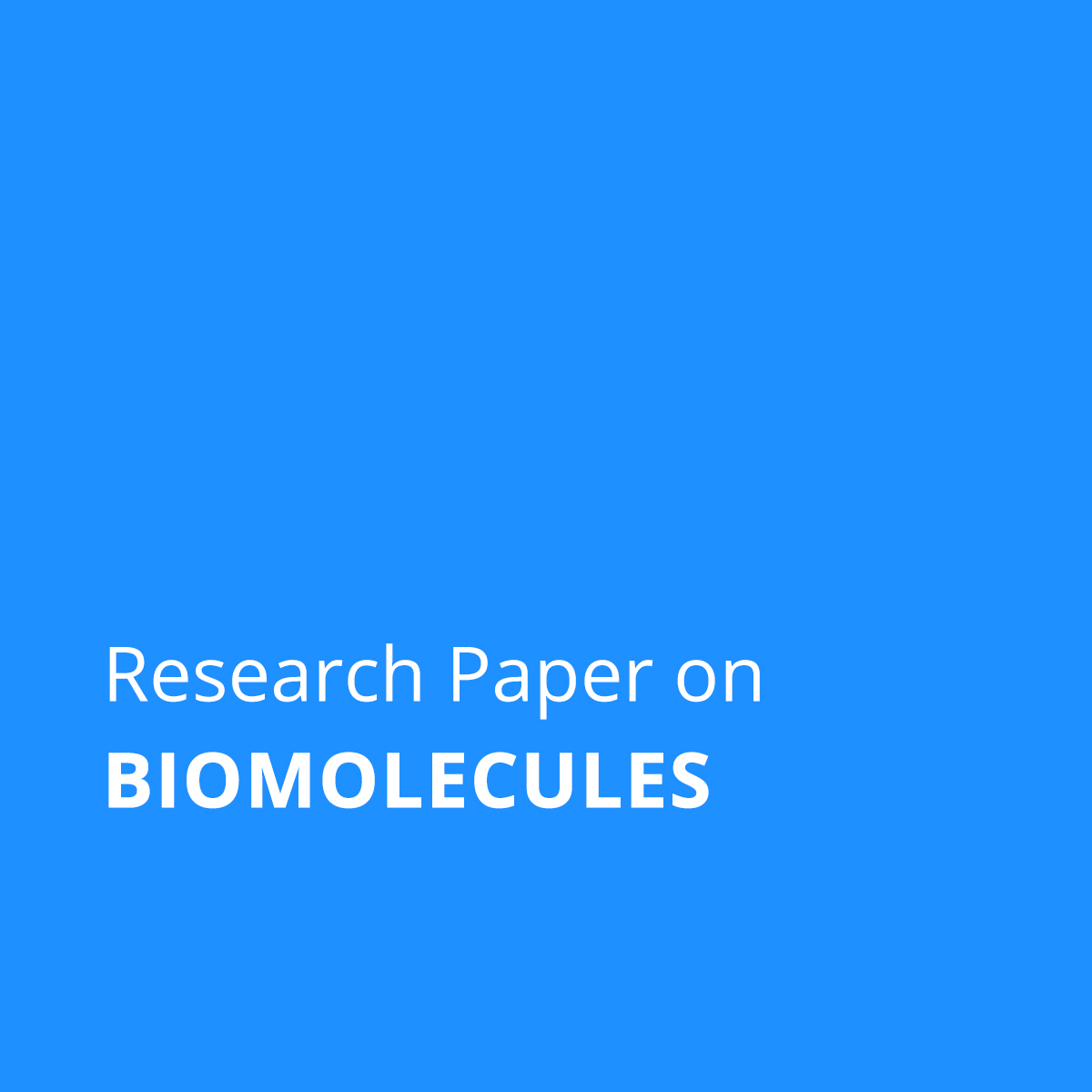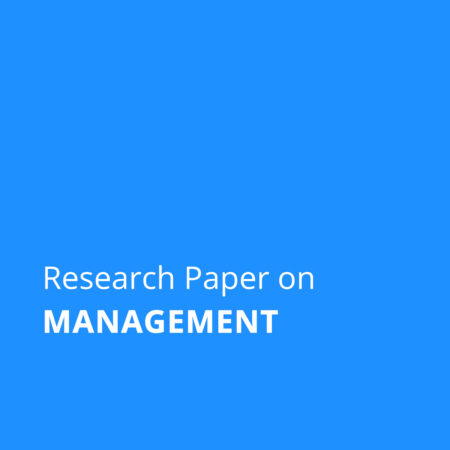Description
Title: Applications and Future Prospects of Nanoparticle Biosynthesis Mediated by Microbes
Abstract: The science of nanoparticles and nanostructures, which are smaller than 100 nm and have a high surface-to-volume ratio and can change the physical, chemical, and biological properties of chemical compositions, is known as nanotechnology. The potential applications of nanoscience in the pharmaceutical, medical diagnostics and disease treatment, energy, electronics, agriculture, chemical, and space industries have captured the attention of the scientific community globally over the last few decades. Nanoparticles’ (NPs) characteristics depend on their size and shape. These distinctive properties of nanoparticles can be investigated for a wide range of additional applications, including computer transistors, chemical sensors, electrometers, memory systems, reusable catalysts, biosensing, antimicrobial activity, nanocomposites, and medical devices. tumor detection, imaging, and medication delivery. For the aforementioned applications, it is essential to synthesize nanoparticles with the desired size, structure, monodispersity, and morphology. Recent developments in nanotechnology aim to synthesize nanoparticles and nanomaterials using dependable, non-toxic, and cutting-edge environmentally friendly methods. When compared to conventional techniques, using the microbial machinery, the biosynthesis of nanoparticles with the desired nature and structure safer while also being more sustainable. Recently, it has been discovered that a variety of microbes, including bacteria, actinobacteria, fungi, yeast, microalgae, and viruses, can synthesize metal, metal oxide, and other significant NPs through both intracellular and extracellular processes. Exopolysaccharides, nanocellulose, nanoplates, and nanowires are just a few examples of the unique nanomaterials that some bacteria and microalgae are capable of producing. Moreover, genetic engineering techniques can be used to improve their capacity for nanoparticle synthesis. Therefore, using microorganisms to create nanoparticles is novel and holds great promise for the future. The current review provides explicit details on various methods for creating nanoparticles from microbial cells, as well as their uses in Future prospects for bioremediation, agriculture, health care, and diagnostics.
Keywords: nanotechnology; nanoparticle; microbes; ecofriendly; nanomaterials bioremediation
Paper Quality: SCOPUS / Web of Science Level Research Paper
Subject: Biomolecules
Writer Experience: 20+ Years
Plagiarism Report: Turnitin Plagiarism Report will be less than 10%
Restriction: Only one author may purchase a single paper. The paper will then indicate that it is out of stock.
What will I get after the purchase?
A turnitin plagiarism report of less than 10% in a pdf file and a full research paper in a word document.
In case you have any questions related to this research paper, please feel free to call/ WhatsApp on +919726999915



Reviews
There are no reviews yet.